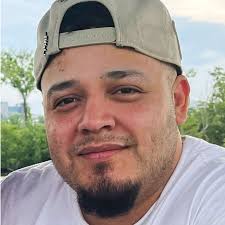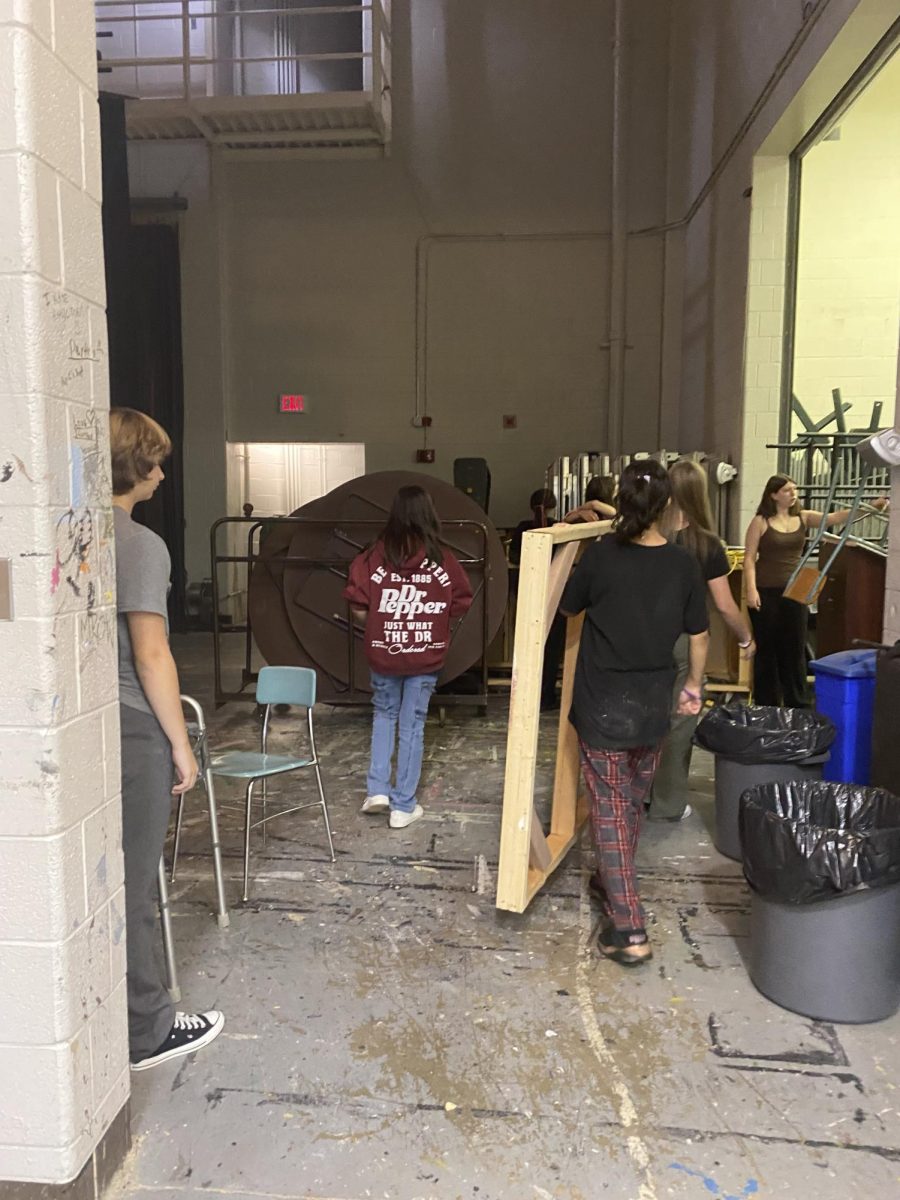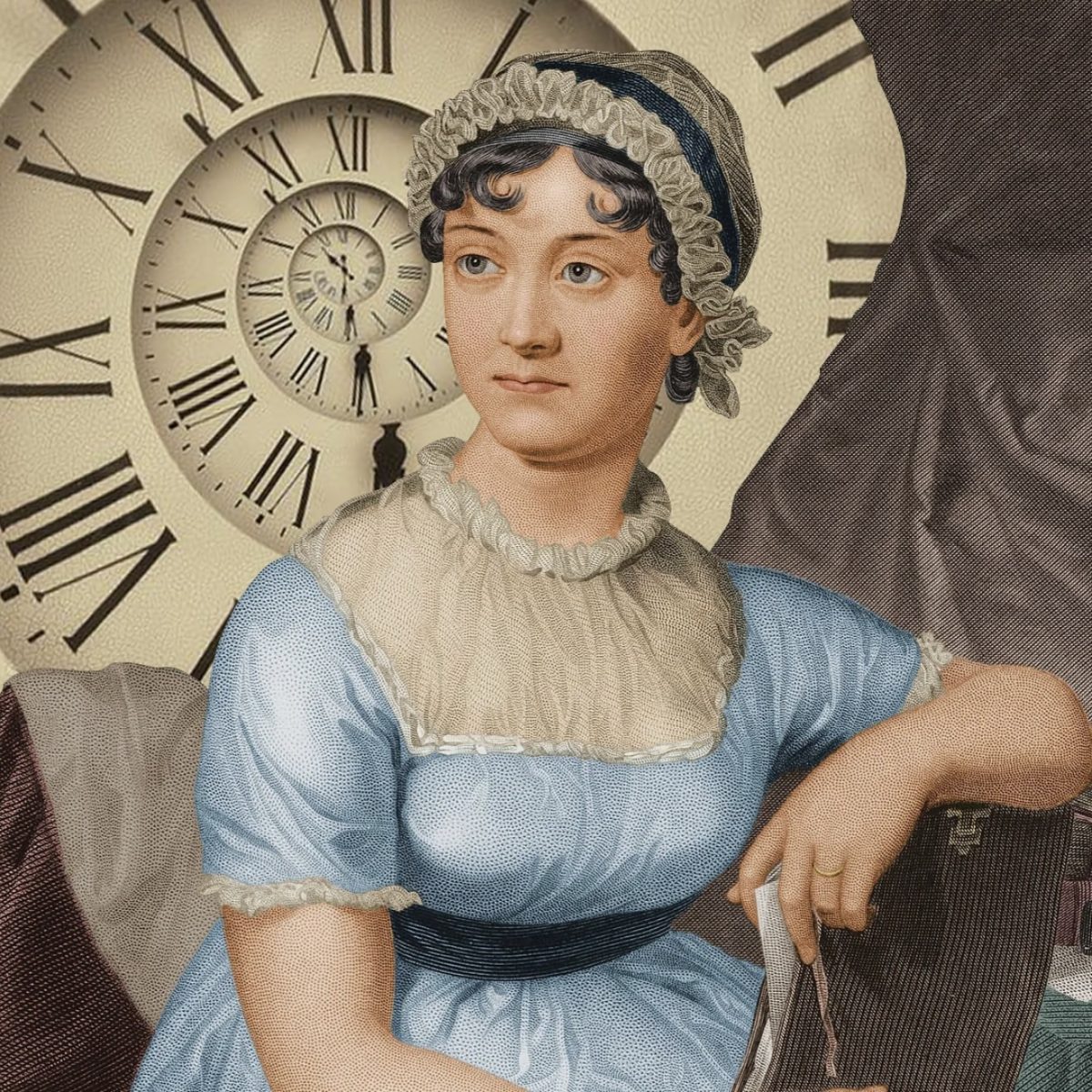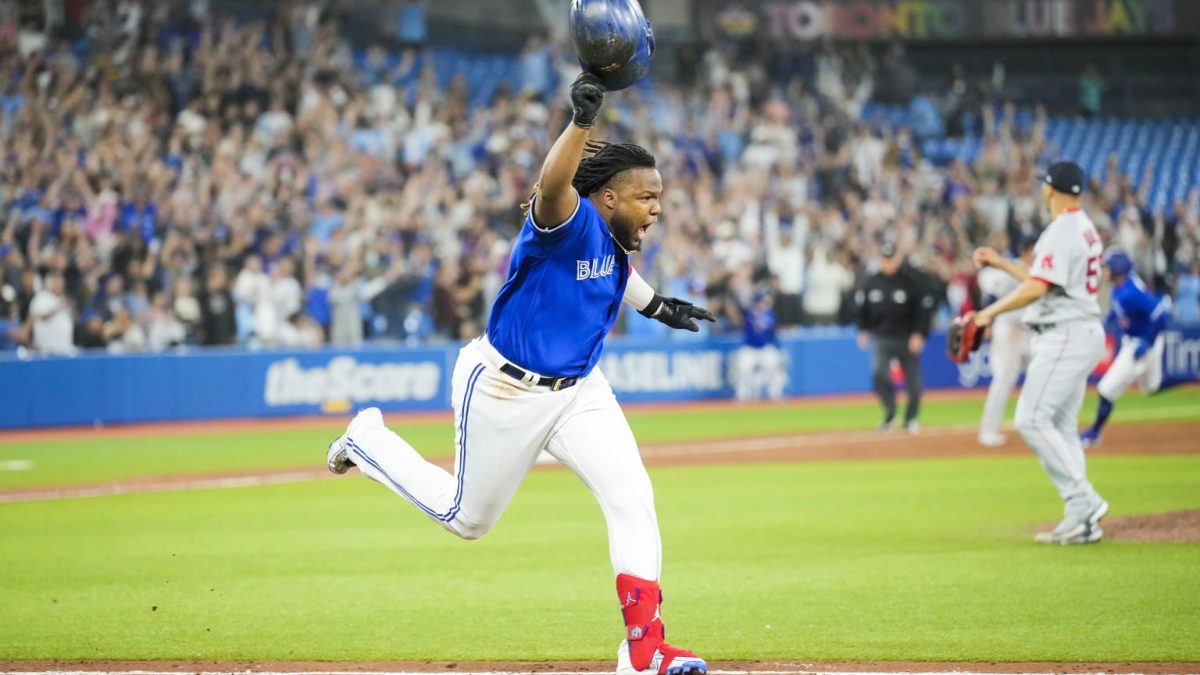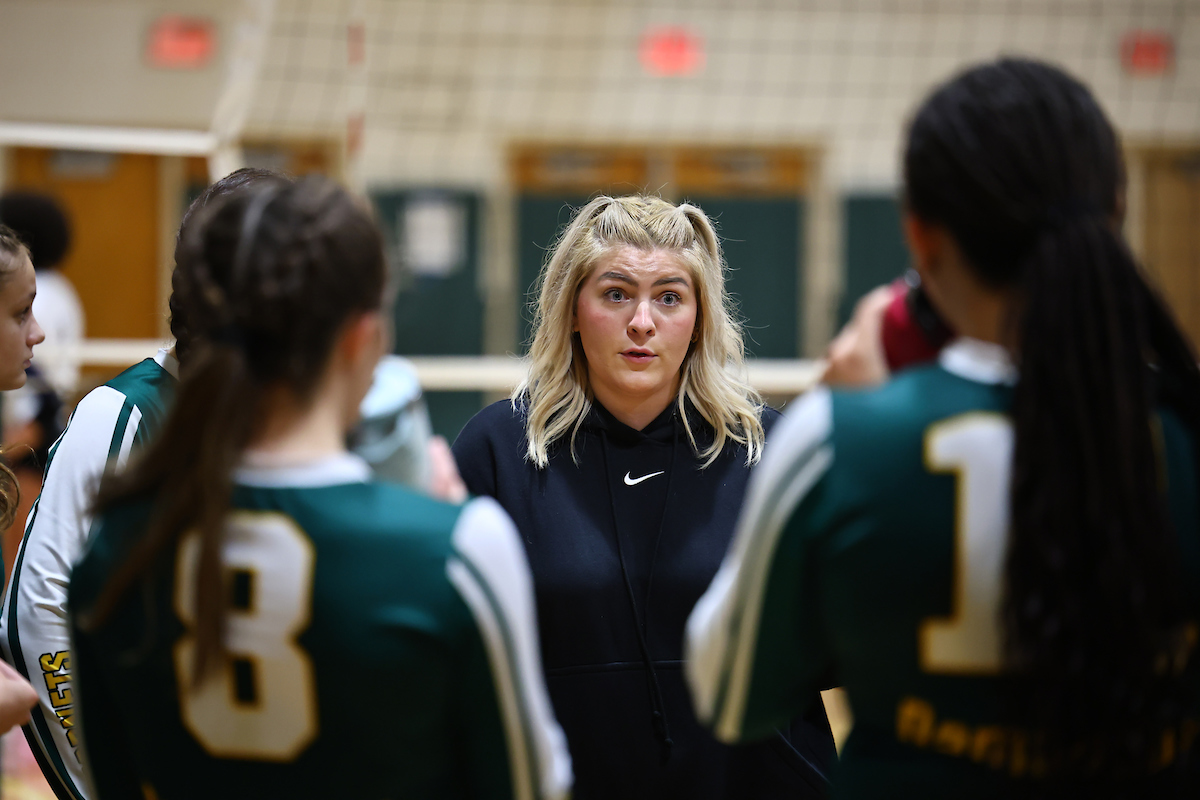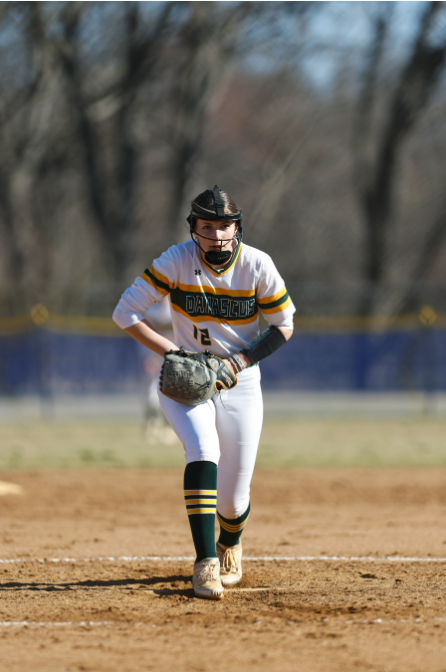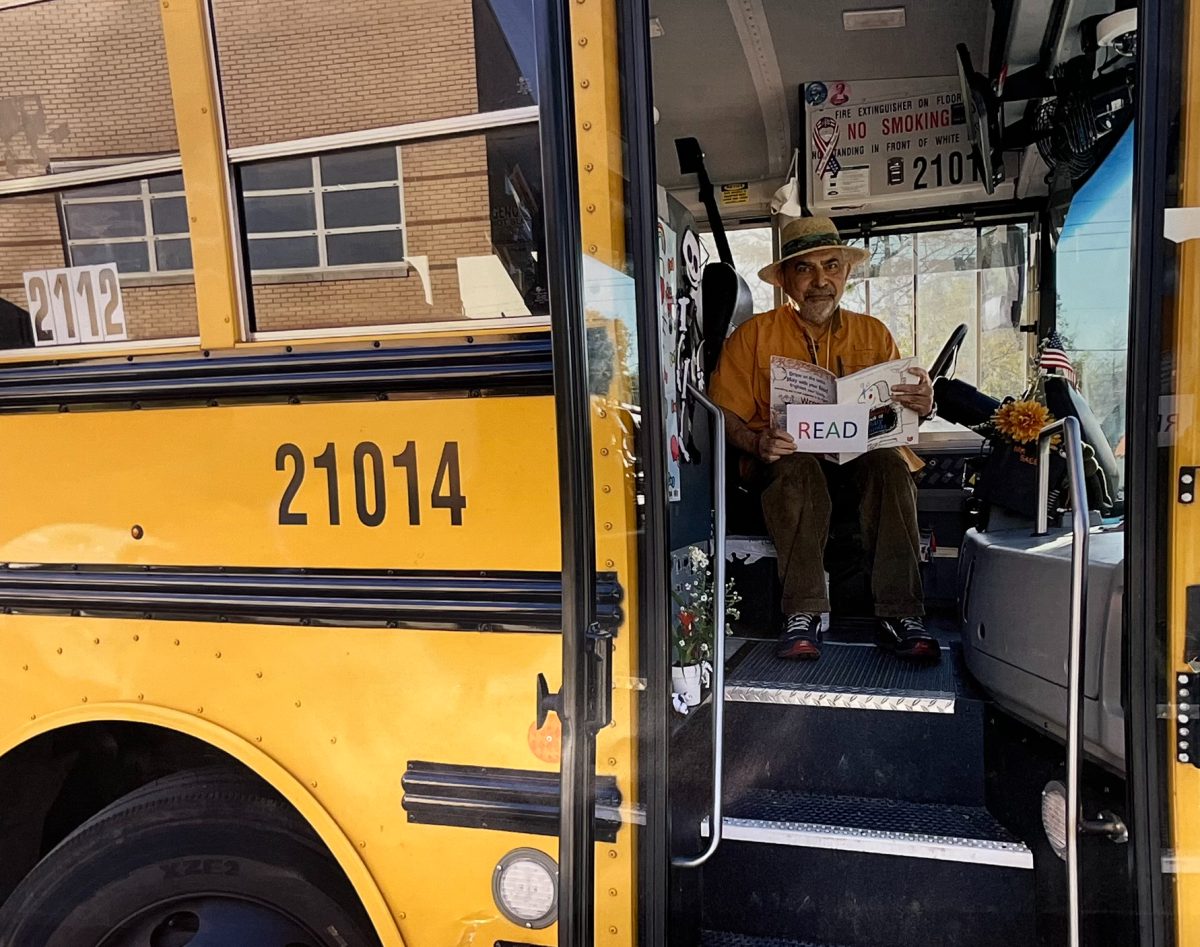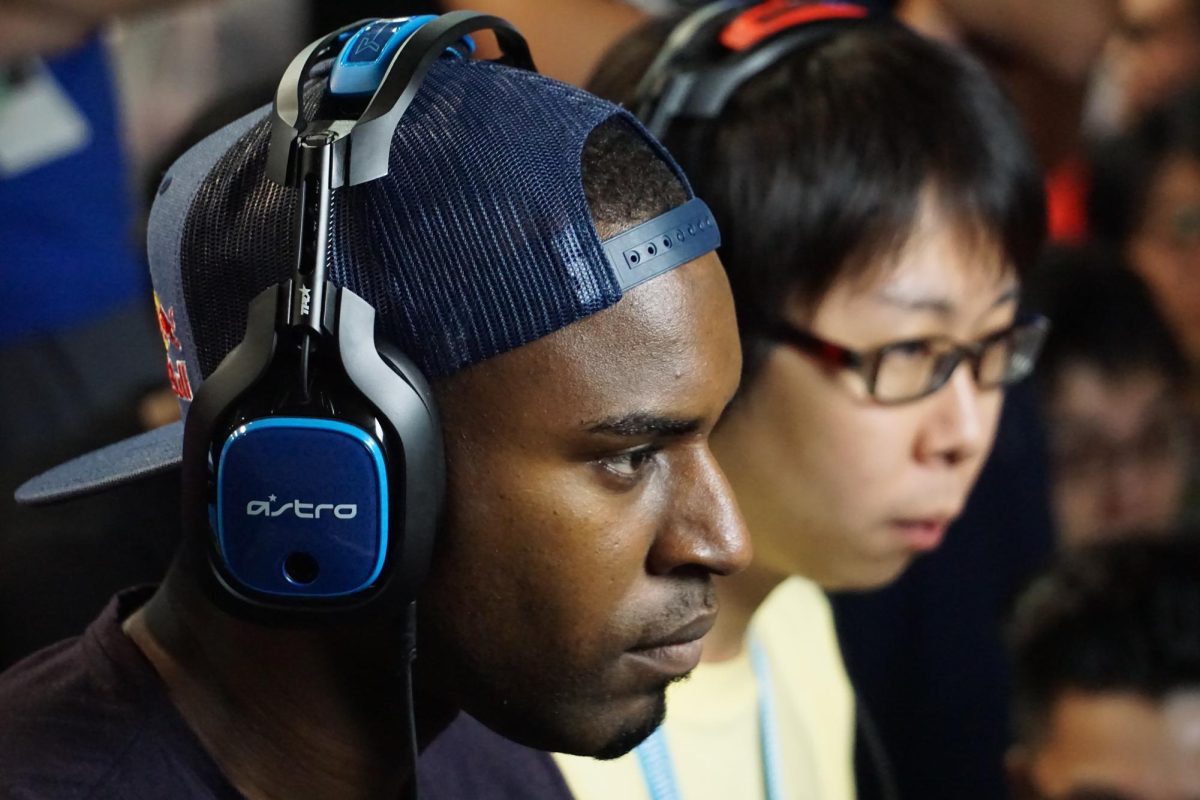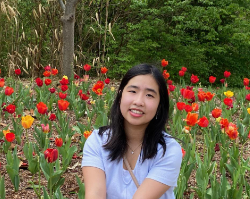Ba-bump. Ba Bump. Ba bump.
Ba-bump…. Ba Bump.
Ba-beeeep…..
Flat line.
The steady sound of a beating heart rapidly disappearing as the Doctors try to keep the heart beating .
It’s too late.
The patient is already gone.
There isn’t much that can be done.
You tried your best.
Everything that you could.
Unfortunately heart disease is the leading cause of deaths world wide.
The World Health Organization estimates that 17.9 million people die each year accounting for 32 percent of deaths globally.
Biomedical engineer Aitor Aguirre, Ph. D, associate professor of Biomedical engineering at Michigan State university, runs one of the few lands in the world that grows oranges, or mini organs, to study the human heart. Aguirre began his study in organids during his postdoctoral research in Japan where he met Yoshiki Sasai, a scientist who was growing optic cups in a dish. In 2018, Aguiree began an experiment that saw a major breakthrough: a mini heart beating in a dish. These mini models are a valuable tool to understanding the workings of the heart and its failure.
But why is the heart so important and why is it so prone to failure?
The heart is one of the most important organs in the body. It keeps the blood flowing throughout the body and helps deliver oxygen and nutrients throughout the body. The heart is divided into four chambers, two upper atria’s and in the lower portions, ventricles. Working in tandem, the four chambers of the heart contract and relax to push deoxygenated blood to the lungs and oxygenated blood back through the body.
The heart, unlike many other organs in the body, is capable of beating by itself. While other cells in the body rely on the nervous system to send signals through neurotransmitters in order for the cells to perform a task or in the case of muscle cells, contract and move; the heart doesn’t need the nervous system to send signals for it to beat. Instead, special cells within the walls of the heart known as auto rhythmic cells beat. The most important of these nodes of cells is known as the sinoatrial node is located in the right atria. Nicknamed the pacemaker, these groups of cells are able to self-contract through a series of “leaking channels”. Neurons sending electrical impulses is done through the flow of ions into the neuron. When there is a strong enough stimulus and enough sodium ions flow into the cell and it reaches threshold, the entire neuron depolarizes and channels open within the cells allowing for the rapid depolarization and flow of positively charged sodium to enter the cell. After a brief moment, the channels close and the cell begins the process of depolarization and the neurons become negative once again. This depolarization continues down through the neuron until it reaches a synapse and the signal is continued on the next neuron. The pacemaker cells in the heart follow a similar method of depolarization in order to send signals into the heart, however a major difference is that these channels do not stay closed and are known as “leak- channels”. These leak channels allow the sodium ions to slowly and freely flow into the cell causing depolarization to occur on its own, thus causing these auto rhythmic cells to send a signal. Within these groups of autorhythmic cells, one cell will “beat” first causing the signal to be sent to all the other autorhythmic cells which will then continue conducting the signal through the rest of the heart and its chamber following a particular pathway.
In a healthy beating heart, the first group or node of autorhythmic cells is located in the right atria and is known as the sinoatrial node (SA node).
The heart’s beating starts with the signaling from the SA node, a few moments later a slightly slower node, the atrioventricular node between the atriums and ventricles sends contractions. There needs to be a slight delay in signaling because otherwise the blood wouldn’t be able to flow through. Because of this delay of signaling, there are multiple nodes located through the heart that send signals at varying speeds. It is because of this that allows the heart to continue beating even if the SA node stops working. When the pacemaker cells stop working, the next fastest group of inducting cells will take on the pace setting of the heart. This keeps the heart beating, however because there needs to be varying speeds, it’s slower, causingcomplications with the heart as it can’t beat as fast and keep up with extraneous activities.
The heart is vital and without it working properly it can cause many complications or even death, which is why improving technology is so important. Heart implants can help patients with heart issues like the slowing of hearts or heart attacks.
Heart attacks, otherwise known as myocardial infarction, is one of the leading causes of death. In 2022, “702,880 people died from heart disease. That’s the equivalent of 1 in every 5 deaths” (CDC Gov) caused by low blood flow heart cells begin to die and are unable to deliver nutrients throughout the rest of the body.
Heart transplants are one option, but there are unfortunately not enough hearts to match the demand for heart transplants. Additionally, heart transplants are a very risky procedure. Aside from being extremely invasive, there is a high chance that the patient’s body will reject the implanted organs. The immune system, tasked with attacking foreigners in the body indiscriminately, could destroy the heart. Life expectancy after a heart transplant also varies, with many people having complications after the transplants. According to TheConversation “18% of people die the first year after the transplant”.
A new scientific breakthrough, scientists are now trying to grow artificial “lab-grown” hearts as an alternative to heart transplants. Growing an organ is an extraordinarily difficult task to pull off. Organs are complex, full of hundreds of thousands of cells, and different tissue types. Scientists believe that stem cells may play a key role in replicating the organ. Stem cells are undifferentiated cells that have not been assigned a function. Like a blank slate, in embryo development, they eventually are assigned a role and develop into an organ. They are very important to development, function and repair of tissues and organs. If pluripotent stem cells are able to be induced from something like a skin cell, they could potentially be reprogrammed into other types of cells.
In a study, scientists programmed human pluripotent stem cells into multiple types of cardiac cells. After putting the stem cells in different concentrations of growth-promoting nutrients, the cells are created to form tissues in the same structure that is seen in an embryo. After a week, the organoids become the structurally equivalent of a 25-day heart embryo. Teeny tiny, the organ is about two millimeters in diameter and can beat at about 60 to 100 BMPs.
As of now, the mini heart can survive for over three months in the lab. While a full grown adult heart hasn’t been developed yet. The development of the mini heart is the first step in understanding organ growth in development for the future.
Additionally small patches of heart tissues are being grown in labs which could help with some heart diseases.They could replace or delay the need for a pump implant or heart transplant. In early 2025 “Fifteen people with advanced heart failure are now enrolled in a late-stage clinical trial led by teams at the University Medical Center Göttingen and University Medical Center Schleswig-Holstein, Campus Lübeck in Germany” ( Statnews.com).
Now, Aguirre’s heart organoid is the first advanced human heart model with all the working parts of a real human heart. It includes tiny atria and ventricles and all the main heart cell types. Aguirre strongly believes, “ that organoids, with their beginnings in human cells, will help pave a speedier path to precision medicine“ ( Nih.gov).
One day, a full-sized heart might not be something out of science fiction and could change medicine forever, creating a pathway to safer and more advanced heart transplants.
Credits:
https://www.nhlbi.nih.gov/news/2023/mini-hearts-dish-big-win-cardiac-research
Engineered muscle patch fixed failing hearts in an early study





